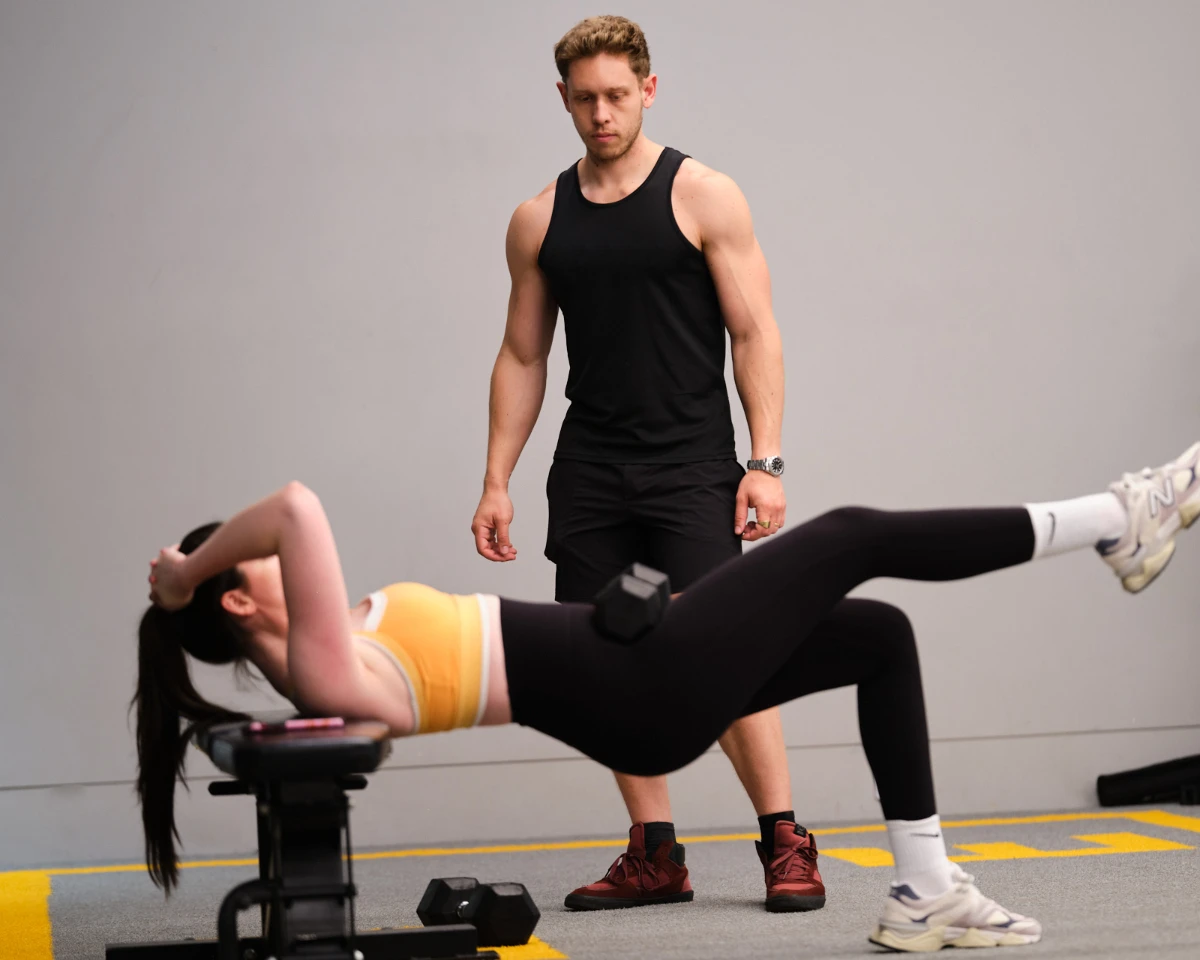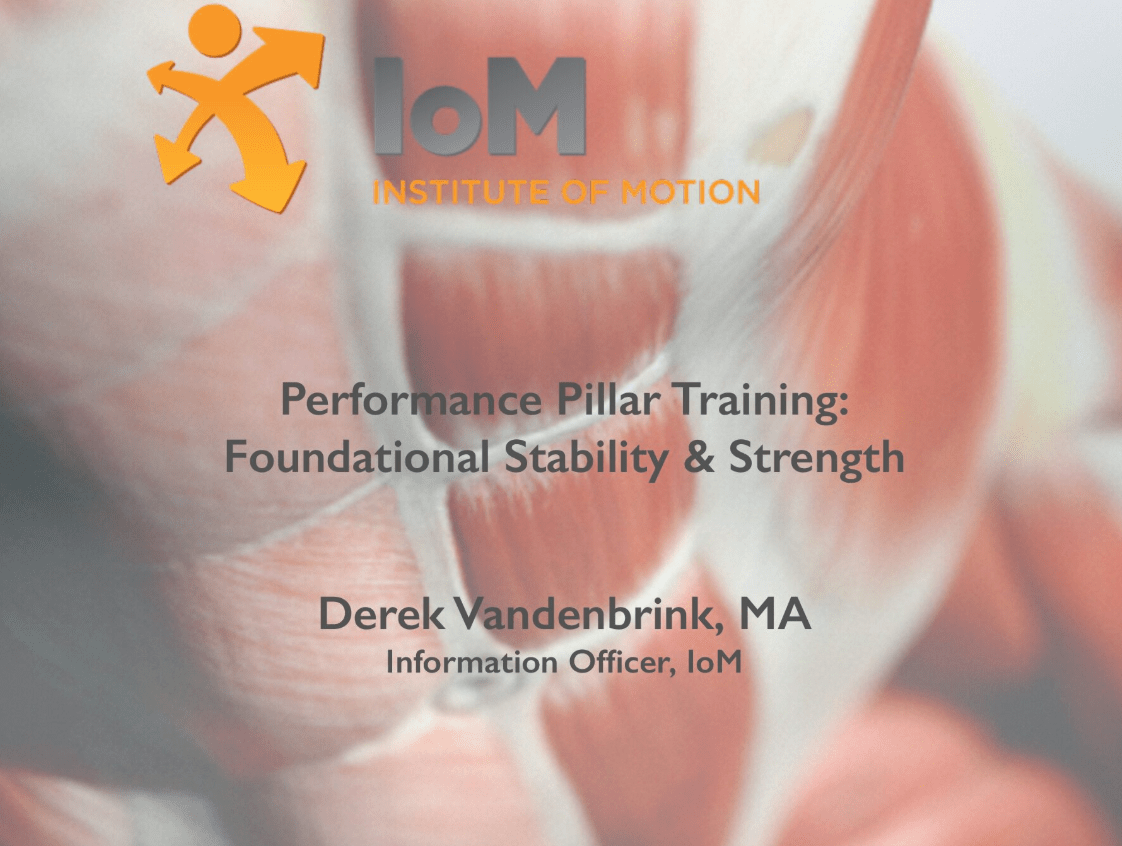
Why do human bodies respond differently to the same training or treatment? Sports physiotherapist Victor Popov looks at how the body’s systems interact with and affect each other.

The human body is a complex and wonderful structure. Those of us who have worked closely in the physical development space as therapists and coaches for any amount of time will acknowledge this. Most therapists, coaches and trainers not only appreciate the complexity and adaptability of the human body, but strive to gain a greater understanding of how it works to make us better at what we do (the fact you are reading this article testifies to that fact).
As a sports physiotherapist with over 30 years’ experience in elite sport, I have certainly come to respect and appreciate what the human body is capable of, and been fortunate enough to have been able to help a few athletes optimise their performance and achieve their goals. I have also been fortunate to work with some incredible therapists, coaches, trainers and sports scientists along the way, and have continued to try to gain a better understanding of how the body works so that I can make better clinical decisions and give the best possible advice to my clients.
Same approach, different result
On this (rather long) professional journey, I have had some great successes and spectacular failures with clients, and a few years ago decided to tried to analyse why, even with a consistent approach to treatment/intervention, there was variability in my intervention outcomes with different individuals that had the same issues or problems. Every therapist or coach will have experienced a certain treatment or training protocol working with one individual, but not achieving the desired result with another. The easy response to this outcome is to blame the client for not committing to their program, not following your instructions. The harder response is to try to understand how the two systems or bodies differed.
With this question of ‘why do human bodies respond differently to the same intervention?’ as a trigger, I began a few years ago to try to develop a broader understanding of how the body reacts to therapy and training interventions. This is a big question, and although the level of knowledge I had gained from a university degree, thousands of hours of courses and reading, years of practical experience and countless informal chats with other professionals was considerable, it did not adequately answer my question.
The things I found, or conclusions I drew, from this enquiry can be summarised in a few points:
- Anyone who thinks they understand exactly how the human body works is kidding themselves.
- The body is a ‘complex adaptive system’, meaning it comprises a number of systems which interact and enhance each others’ function (I’ll elaborate on this point later).
- Many of the explanations that therapists, trainers and coaches use for the effects of their interventions are not accurate – but that does not detract from the fact those interventions have value.
- ‘Old wisdom’ or knowledge has as much value as ‘new wisdom’: elements of ancient descriptions of the body’s functions from teachings of disciplines such as acupuncture and yoga are proving to be scientifically valid as more detailed research into the body is carried out.
The body’s systems
A fundamental assumption that traditional Western medicine has got wrong, in my opinion, is that the body’s various systems are ‘discreet’, i.e. they operate as independent systems. The systems of the body I refer to include the nervous system, the musculoskeletal system, the endocrine system, the digestive system and the cardiovascular system – and you can define a few others (just go to any text book on the human body). The nervous system can also be broken down into the central nervous system (CNS), autonomic nervous system (ANS) and enteric nervous system (ENS). Assuming these systems are discreet, and therefore do not interact with or influence each other, leads to interventions that are like going to the casino and putting it all on black: sometimes they work and sometimes they don’t.
An example of this is strength training: two clients can do exactly the same program (exercise and diet) and have different responses. One can get stronger, improve lean muscle mass and feel better, while another may not respond as well. Why? The ‘discreet system’ model would suggest a certain training load (reps, sets) and diet (food plus supplements) should yield the same response. The reality is that the musculoskeletal, digestive and nervous systems interact and can either enhance or supress each other’s responses. The non-responding client may, for example, have a gut microbiome imbalance preventing absorption of the nutrients required to increase muscle mass. They may also have central nervous system problems: mental fatigue, poor sleep patterns and emotional issues such as depression and anxiety have been shown to have a negative influence on physical training outcomes.
From a therapist’s point of view, it is important to understand that chronic (long term) pain actually alters both brain chemistry (neurotransmitter profiles change) and affects how different areas of the brain communicate. Neurotransmitters are the chemicals that brain cells use to communicate with each other, and recent research has shown that many of these are produced in the gut. So a poor digestive system (gut issue) can affect brain function and pain sensitivity. Hence, the client whose pain is not reducing with treatment as expected may have a digestive system issue affecting their nervous system response.
These examples illustrate how the body’s systems can interact powerfully and affect the outcome of training or therapy protocols. Appreciating this may help you understand why certain clients do or do not respond to the training you conduct with them.
Which system is King?
Understanding which of the body’s systems is the most influential gives you a better chance of changing the outcome of your client’s response to your training or treatment intervention, as that system is the most ‘powerful’ entry point.
My strong opinion is that the nervous system is most influential in the body’s responses. Remembering that the nervous system has three elements: the central nervous system (brain, spinal cord and nerves), autonomic nervous system (parts of the brain and nervous system that control automatic functions of the body) and enteric nervous system (gut), it stands to reason that if you can get the nervous system to respond appropriately, it takes the rest of the body’s systems along for the ride. The body’s physiology is effectively a ‘slave’ to the nervous system: the brain drives motor function (hence physical performance); the level of anxiety or arousal an athlete has at a given time determines their performance; and gut microbiome function determines how you absorb nutrients and influences brain chemistry.
There are many examples of how the nervous system controls physiology: motion sickness is the vestibular system causing the gut to react – you throw up because of a signal from your brain to your gut related to movement of your head. People can faint, collapse or perform amazing feats of strength as a result of an emotional or traumatic circumstance – the body is responding to a threat (ANS response, otherwise known as ‘fight or flight’). You can elicit a physical/hormonal response from an abstract thought (CNS response – think about the best sex you’ve ever had for a few moments and something generally happens…) Chasing optimal physical performance usually involves getting into ‘the zone’ or ‘flow state’ – a headspace that allows the body’s training to be most effectively expressed.
Influencing the nervous system
There are plenty of places to learn more about nervous system function and ways to influence it. I read a book written in the 1970’s (and since updated) by Tudor Bompa called Theory and Methodology of Training which profoundly influenced my thought processes on how different training methods affect the body. The well-known strength and conditioning coach Charles Poloquin uses many different nervous system methods to improve performance, as does Dr Eric Cobb with his ‘Z-Health’ program. Professor Mihaly Csikszentmihalyi has researched and written extensively on flow state and mindfulness training. The crazy Dutchman Wim Hoff, also known as The Iceman, has some breathing techniques that positively influence the ANS.
From a sports performance and training perspective, there are some great apps and nervous system training methods available: Grant Hayes is a trailblazer in neuro performance training (SSWITCH and BeFirst); Wilson Meloncelli has some interesting movement-based flow state training methods. Nam Baldwin is an Australian trainer who runs B.E.T. (breathing enhanced training) education sessions that teach athletes how to breathe and control their CNS responses. Joey Hayes integrates nervous system training techniques into his day-to-day training and recovery process.
From a clinical perspective, using breathing techniques and methods such as meditation, yoga and foundation training can all help modulate pain and improve treatment outcomes. I am involved with an organisation providing an education platform and network for professionals called NETT (Neural Engagement Therapy and Training) that aims to provide ‘audited’ research and nervous system-based intervention education.
I believe it is important that, as a personal trainer, you appreciate that the nervous system is the King of the human body’s various systems. From there, you can develop your understanding of how to positively influence the function of the nervous system, which will lead to better training outcomes with your clients.
Victor Popov is one of Australia’s leading sports physiotherapists. He has been involved extensively in elite sport in Australia and internationally, with many of his clients being World and Olympic champions. He is co-founder of NETT Global, an education and training organisation. nettglobal.com



